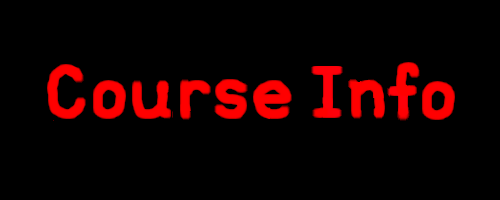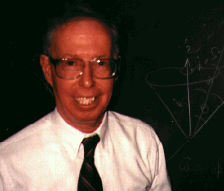 |
 |
|||
 |
||||
 |
||||
 |
 |
 |
 |
|
Send comments or questions to: ldurand@hep.wisc.edu
 |
 |
|||
 |
||||
 |
||||
 |
 |
 |
 |
|
Send comments or questions to: ldurand@hep.wisc.edu
COURSE INFORMATION
PHYSICS 711, CLASSICAL THEORETICAL PHYSICS - DYNAMICS
|
L. Durand, 4209 Chamberlin. Email address: ldurand@theory2.physics.wisc.edu Web site: http://theory2.physics.wisc.edu/~ldurand/ Telephone: 262--3996. |
 |
See the syllabus for more details.
Further topics in mechanics, including the dynamics of classical fields, more on the structure of Hamiltonian mechanics and Hamilton-Jacobi theory, perturbation methods, and mappings, are covered in the Spring semester in Physics 722 -- see the Spring, 1998, 722 course description and syllabus. The remainder of 722 deals with relativistic and particle electrodynamics.
You are strongly encouraged to discuss the problem assignments with other students in the class, and to work together on their solution. I am happy to discuss the problems with you and give hints, but you may learn more from your fellow students! Most physics is done in collaborations, and this approach is intended to give you a chance to develop the skills in working on real problems in a collaborative setting that are expected by most potential employers of physicists.
I will put problem solutions on reserve in the Physics Library after the due date. Be sure to look at the the solutions! I often add extra remarks on the physics involved.
My grading scale for this course is normally 87-100 for A, 70-86 B, 60-69 C, with AB used in the area approaching the B to A transition. I don't raise the cutoffs, but may dip below the levels stated if an exam turns out to be too hard, if a person started poorly but demonstrated real improvement during the semester, or in other exceptional circumstances.
Intermediate mechanics
Graduate mechanics
More advanced graduate level